Farmer’s cheese is one of the fastest and easiest homemade cheeses to make! And, it only requires 3 simple ingredients: milk, vinegar and salt!
When we bought our first dairy goats, I was extremely hesitant to dive into the cheesemaking world! It all seemed so overwhelming!
It’s strange to think about now, as I create a variety of milk based cheeses, yogurts and concoctions on a regular basis!
Cheesemaking really isn’t as scary as it seems!
But, if you are intimidated, I have the perfect cheese for you: farmer’s cheese!
Let me tell you why you’re going to love farmer’s cheese:
It’s soooo simple to make and it gives you a great yield! Honestly, I don’t think anyone can mess up this cheese!
You don’t need any cultures or fancy cheesemaking equipment.
Its fast!! When I’m in a hurry, it’s still my go-to cheese!
While it isn’t as flavorful as some other cheeses, it is super versatile! You can easily season it with a variety of herbs and spices.
It’s a great accompaniment for pastas, salads and egg dishes. Farmer’s cheese doesn’t melt like other cheeses, so you can toss it in hot dishes or fry it without it loosing its shape. Plus, you can freeze it and it tastes just as good!
So, what is farmer’s cheese?
The most basic explanation of farmer’s cheese is that it’s an “acid cheese”, meaning that an acidic addition is used to curdle the milk. No culture and no rennet needed. That also makes this cheese vegetarian!
And, because it’s a vegetarian cheese, farmer’s cheese is very popular in India, where it goes by another name: Paneer.
But that isn’t the only name it goes by! Farmer’s cheese is also known as Queso Fresco in Latin American countries! There are slight differences in the creation of this cheese depending on traditions and regions but, overall, the process is exactly the same.
Call it what you like! I will always call it farmer’s cheese because, to me, it’s the epitome of scraping together a delicious cheese with the very basics. And that seems like a very farmer-esque thing to do if you ask me!
The chemistry of farmer’s cheese
Farmer’s cheese is made from just two simple ingredients: whole milk and an acidic product (most often lemon juice or vinegar).
The acid and some heat is what creates the magic that turns plain old milk into cheese!
Heat:
Most cheeses are made with rennet which act upon the casein protein in milk. But, farmer’s cheese is an over-achiever! Not only does it capture the casein proteins but also a second protein: albumin. Albumin becomes solid when it’s heated up to a high enough temperature. Because of this, farmer’s cheese requires the milk to be heated to temperatures that are higher than those typically used in cheesemaking.
Since farmer’s cheese denatures/curdles the albumin protein, the cheese won’t melt! That means you can’t turn it into an ooey-gooey cheese no matter how hard you try! But, you can add it to hot dishes or fry it without it loosing any flavor or shape. In fact, it’s absolutely delicious fried in some balsamic!
Milk:
Since farmer’s cheese is made through the process of heating the milk, you don’t need to use the freshest, highest quality milk like you do with other cheeses (like chèvre). Now, obviously, you want to use high quality milk from healthy animals that eat a healthy diet. But, if your milk is a few days (or a few weeks!) old, it won’t effect this versatile cheese like it would other cheeses!
Acid:
You can actually influence the flavor of your cheese to a certain degree simply based on the acid you use! Vinegar, which I use most often, imparts a good firmness and flavor to the cheese. I usually just use white distilled vinegar. But, if you want to get fancy, you can actually use balsamic vinegar or red wine vinegar! The balsamic vinegar is one of my favorites to use if I’m adding the cheese to a pasta! You can also use lemon juice (fresh is best) to impart a slight citrus flavor to your cheese. Try out some different acids to find your favorite!
How to Make Farmer’s Cheese
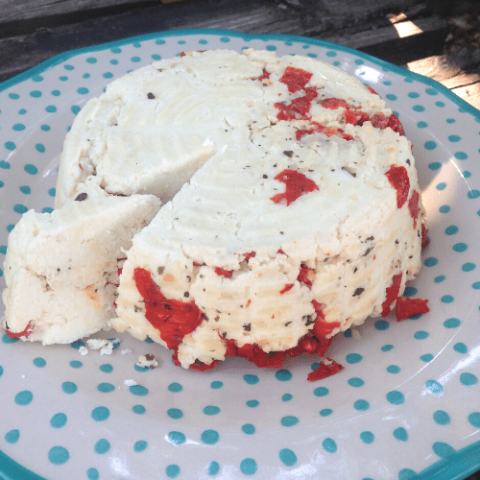
How to Make Farmer’s Cheese: The Easiest Homemade Cheese!
Farmer's cheese, also known as Paneer and Queso Fresco, is incredibly easy to make and doesn't require any special equipment or cheesemaking experience!
Ingredients
- 1 gallon whole milk (can be goat, sheep, cow, camel, etc.)
- 1/2 - 2/3 cup vinegar or 2/3 - 1 cup lemon juice (fresh squeezed is best)
- Salt
- Optional: Seasonings or herbs
- Stockpot that will hold at least 2 gallons
- Slotted cooking spoon or cheese spoon
- Strainer or colander
- Large bowl
- Cheese cloth (optional)
Instructions
- Heat the milk: Heat the milk in the stockpot over medium to medium-high heat. Bring the milk to a boil, stirring to avoid burning. Once the milk begins to boil, turn off the burner.
- Curdle the milk: Add the acid, a little at a time, and stir gently to incorporate it. The milk should curdle quickly once the acid is added. If you do not see the milk curdle after about 5 minutes, add a bit more acid until the milk reacts.
- Strain the curds: Let the curds sit for about 10-15 minutes, then strain. Place the colander on top of large bowl to catch the excess whey. Scoop the curds from the pot and place them in a cheese lined colander or strainer. It’s okay if you don’t have cheese cloth and you can scoop them directly into the colander.
- Salt & season: Once the whey has dripped off the curds, you can add salt to taste. Gently stir to incorporate the salt into the cheese. Add other herbs and spices as desired.
- Use or press the curds: At this point, you can use the cheese as a crumble or you can press it to make a harder cheese. You can make a press by wrapping the cheesecloth over the top of the curds in the strainer and place a plate or bowl on top. Then, you can place something heavy in the plate/bowl to add weight. This will press more of the whey out of the cheese. Press for about 1-2 hours or until the curds are completely cool.
Notes
Refrigerate and use within 1 week
Note: You can also freeze this cheese to use later! Or, for a creamier version (almost like a cream cheese substitute), try whipping it! Add a small amount of whey or milk as you whip it in a blender or food processor to thin it until it reaches desired consistency.
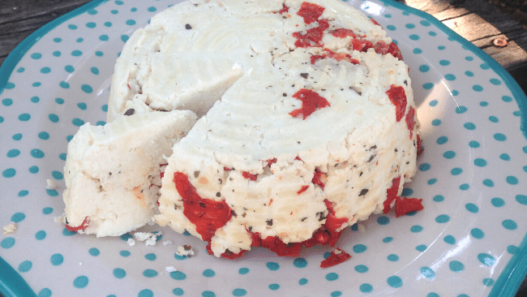
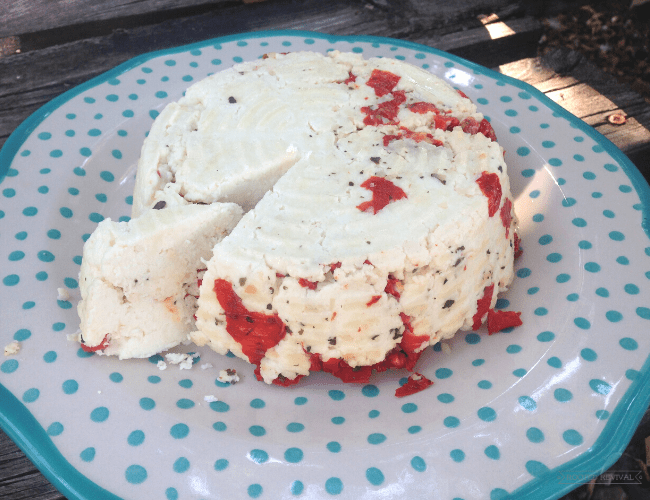










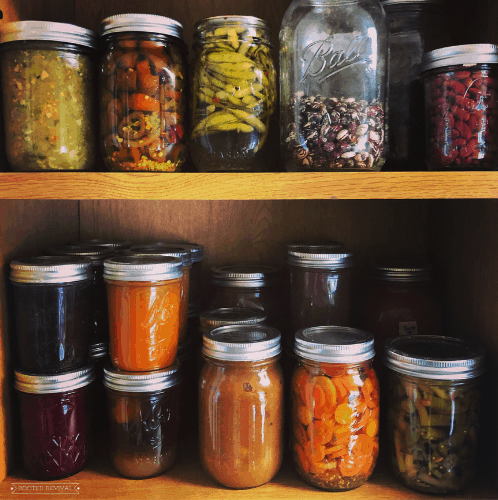

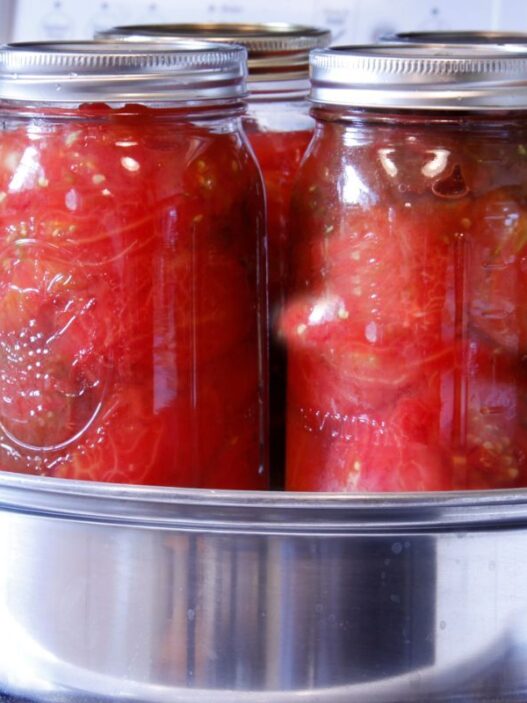
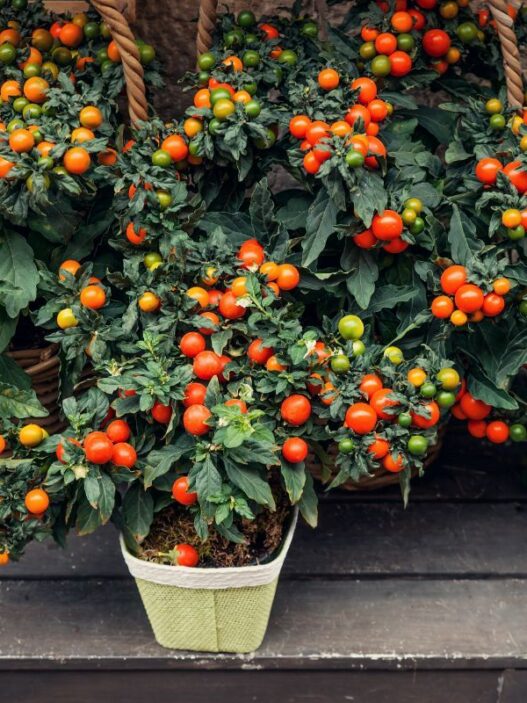
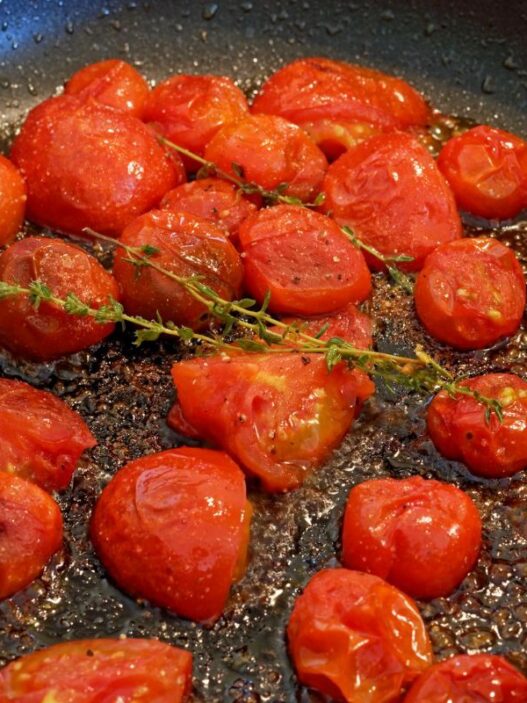
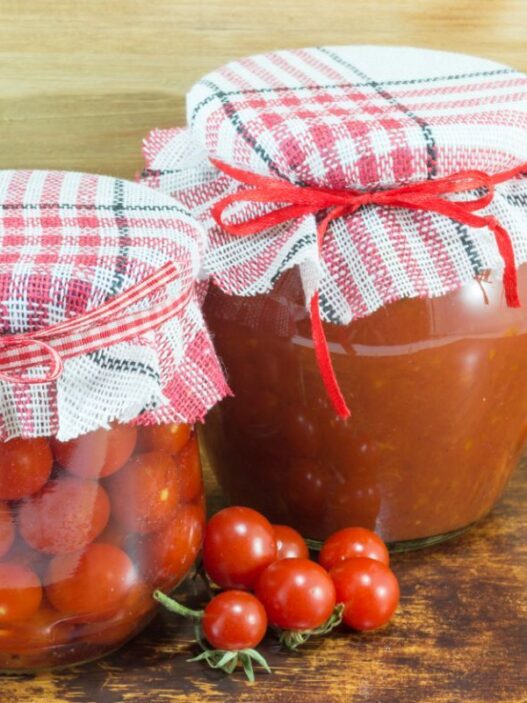
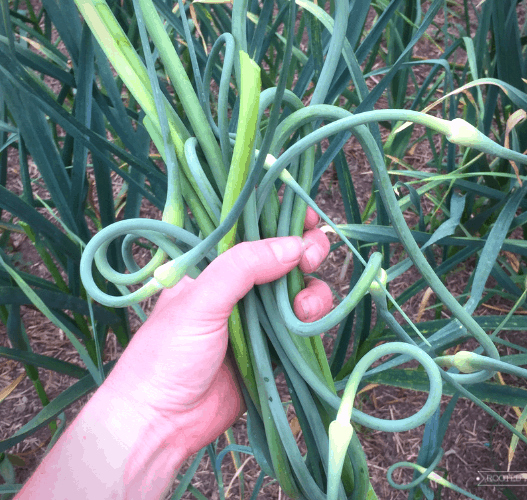
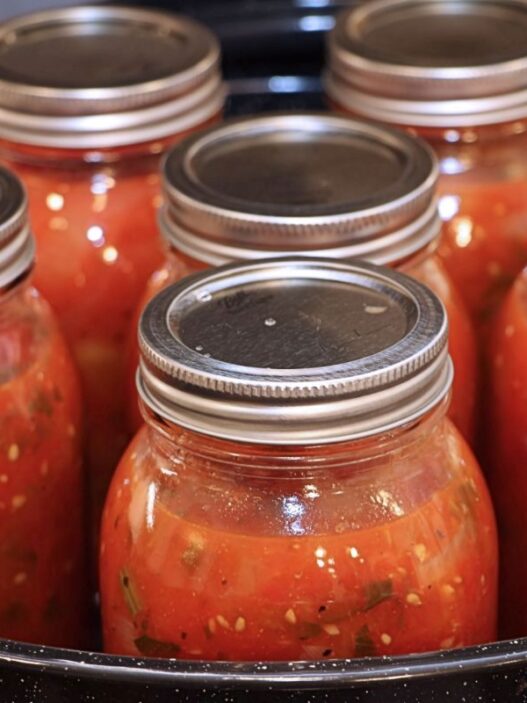
Does it have to be unpasteurized milk? Can I use organic whole milk from the store?
Absolutely! The wonderful thing about this cheese is that you can really use any type of milk! I’ve even heard of people using camel milk! Pretty cool!